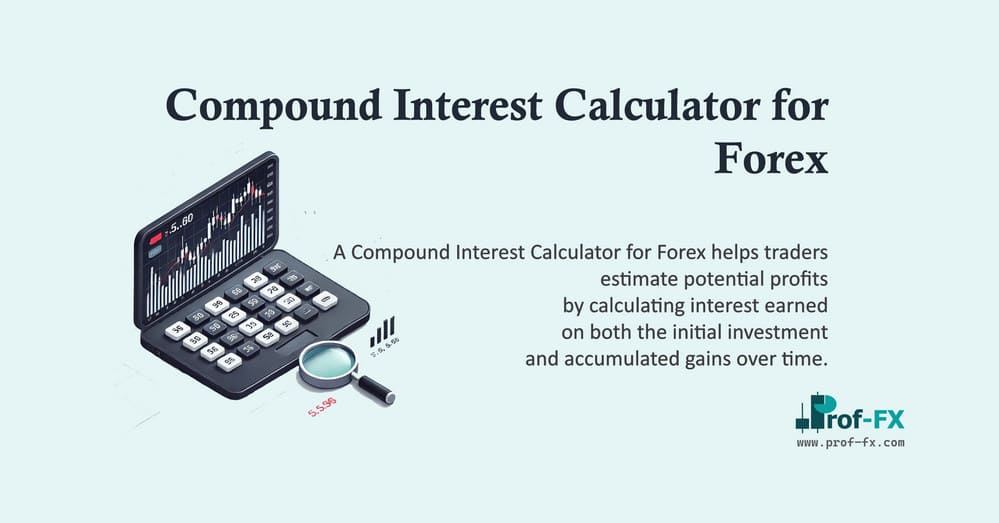Foreign demand for domestic goods increases the demand for the domestic currency and the supply of the foreign currency.
This increase in demand for the domestic currency increases the value of that currency, while the increase in the supply of the foreign currency decreases the value of that currency. Here’s how it works.
Suppose a consumer in Spain wants to buy a product that is manufactured in the United States.
Naturally, the consumer in Spain would like to pay for the product in euros, but the company that produced the product in the United States would like to be paid in U.S. dollars.
To facilitate this process, an exchange must be made. The consumer in Spain must exchange her euros for U.S. dollars to pay the producer.
This exchange increases the supply of euros in the market and increases demand for U.S. dollars, which means that the value of the euro should decline and the value of the U.S. dollar should increase.
Domestic Demand for Foreign Goods
Domestic demand for foreign goods increases the demand for foreign currency and the supply of domestic currency.
This increase in demand for the foreign currency increases the value of that currency, while me increase in the supply of the domestic currency decreases the value of that currency.
We could provide another illustration here, but it would be exactly like the one between Spain and the United States that we just outlined, except that the roles would be reversed, so we won’t bore you with another one.
All you need to remember right now is that when buyers and sellers engage in international trade, the flow of money from the buyers to the sellers increases the value of the sellers’ currency and decreases the value of the buyers’ currency.
Monitoring Trade Flows
Monitoring trade flows is a relatively straightforward process, thanks to the various government agencies around the world that report monthly trade balance numbers.
For instance, every month, the U.S. Census Bureau and the Bureau of Economic Analysis (I3EA), part of the U.S. Department of Commerce, released the U.S. International Trade in Goods and Services numbers.
If a country has a trade surplus with another country, it means that there was greater foreign demand for domestic goods than there was domestic demand for foreign goods. This should lead to a strengthening of the domestic currency compared to the foreign currency, all other things being equal.
If a country has a trade deficit with another country, it means that there was greater domestic demand for foreign goods than there was foreign demand for domestic goods. This should lead to a strengthening of the foreign currency compared to the domestic currency, all other things being equal.










